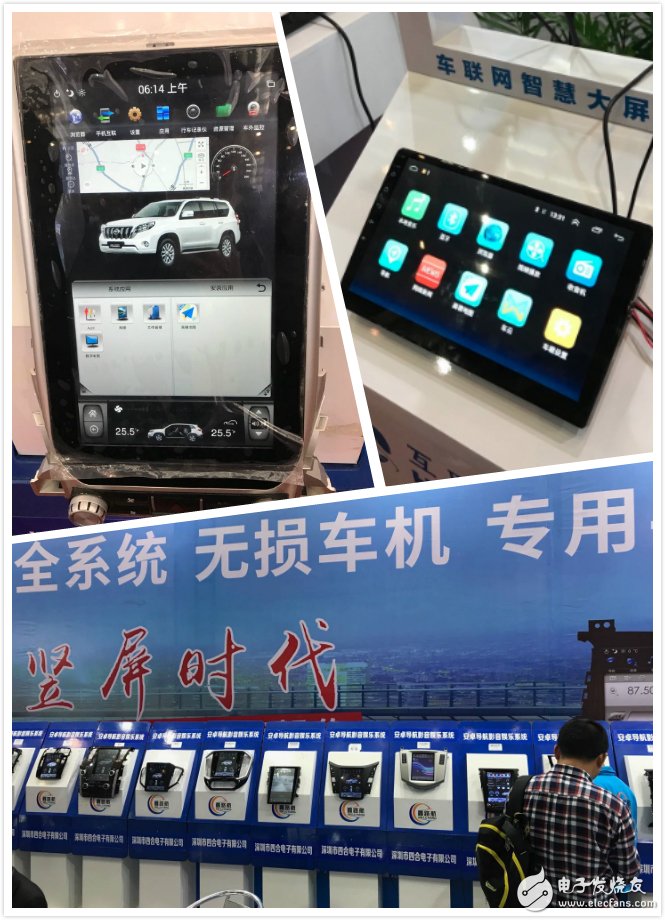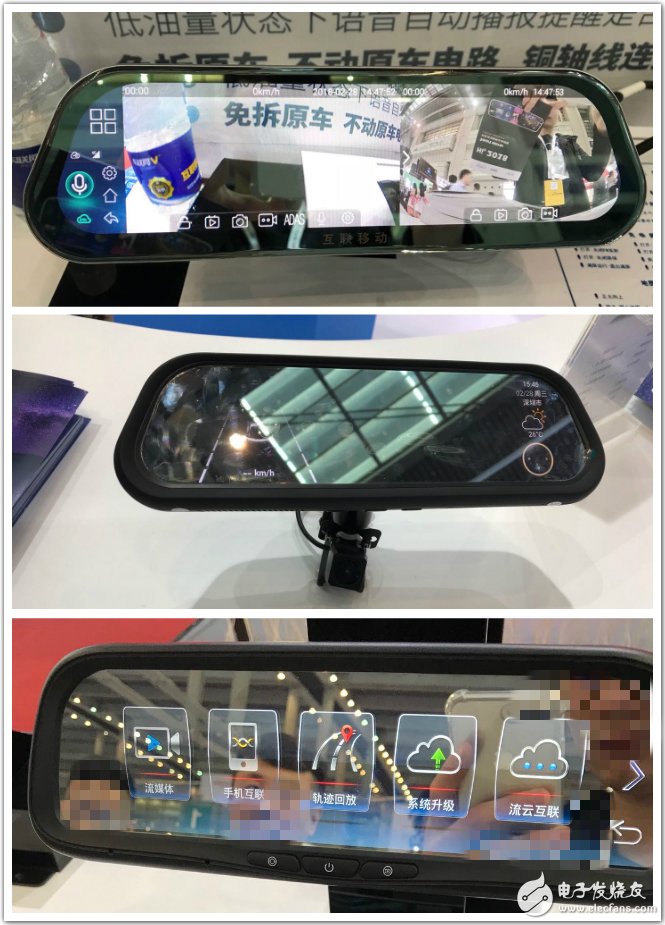The name of wireless router can be separated out of two keywords: wireless and routing. Understand the technical principle behind these two words, you understand the wireless router. Wireless Router,Wifi 6 Wireless Router,Mesh Wifi Router,Wifi Routers For Home Shenzhen MovingComm Technology Co., Ltd. , https://www.movingcommtech.com
Wireless is also what we often call Wi-Fi. Wireless routers can convert home broadband from wired to wireless signals, and all devices can happily surf the Internet as long as they connect to their own Wi-Fi. In addition, these devices also form a wireless local area network, where local data is exchanged at high speed and is not limited by the bandwidth of home broadband.
For example, many people have smart speakers in their homes that can be used to control various smart appliances. When you say small X small X, turn on the TV, the speaker actually finds the TV through the LAN and sends instructions, and does not need to connect to the Internet; And if you let it broadcast news, you have to get data through the Internet.
The Local Area Network we talked about earlier, also known as the Intranet, is represented by the Local Area Network (LAN) on the router, so the Wi-Fi signal is also called WLAN(Wireless LAN); The Internet we want to access, also known as the extranet, is represented on the router by the WAN(Wide Area Network).
On the Intranet, the IP address of each device is different, which is called a private address. All devices on the Internet share the same public address, which is assigned by broadband operators such as China Telecom Unicom.
The router is the bridge between the Intranet and the external network. The above mentioned IP address translation, packet forwarding, is the router routing function.
In other words, the router is the hub of the home network, and the data of all the devices must be forwarded through it to access each other or reach the external network, which means that one husband is the key and ten thousand men are not open, so the comprehensive router is also called "home gateway".
2018 car networking industry trend BAT completed station car network ready to go
In 2017, the automotive aftermarket experienced a relatively quiet year, with weak product shipments. As we look ahead to 2018, what will be the fate of the car networking industry? The recent Kyushu Exhibition held in Shenzhen brought together numerous solution providers, vehicle terminal manufacturers, operators, and service providers. "International Electronic Business" will analyze the current state of the car networking industry based on the trends observed at the 2018 Shenzhen Kyushu Exhibition and explore its future development.
Market Analysis of 2018: Cars and Rearview Mirrors
From the perspective of terminal product design, the market share of central control units and smart rearview mirrors remains high, with car infotainment systems regaining their top position in sales. According to a survey conducted by International Electronic Business reporters, the total shipment volume for car infotainment systems in 2017 was approximately 10 million units, with peak monthly shipments reaching around 1 million units. At the Kyushu Exhibition, Android 4G car systems became the mainstream, and large screen displays were widely adopted. Most screens were over 10 inches, with some even reaching 14 inches, showing a trend similar to Tesla’s 17-inch center console display.

The rearview mirror market has continued to shrink, with prices dropping significantly. Some manufacturers are now selling rearview mirrors as low as 299 yuan. In this environment, streaming media rearview mirrors have emerged as a potential savior for many companies. Whether it's well-known brands like 360, Lingdu, or Tianzhiyan, or smaller enterprises, all have launched their own versions of streaming rearview mirrors.

The main function of a streaming rearview mirror is to project the rear view of the vehicle onto the display via a camera. This provides a viewing angle three times wider than traditional mirrors, effectively addressing blind spot issues. However, just one year after its emergence, the streaming mirror market has begun to shift from a blue ocean to a red sea, with increased competition.
At the Kyushu exhibition, the author noticed that some manufacturers promoted the concept of “true media†rearview mirrors. When asked how they defined “true†versus “false,†most could only give vague answers, such as a larger viewing angle or clearer image. This lack of standardized quality parameters in the industry presents an opportunity for many manufacturers looking to capitalize on the chaos.
Some industry insiders have pointed out the disorder in the market, noting that some streaming media rearview mirrors are essentially low-end products with little more than a gimmick. Many simply replace the original 5-inch screen with an 8-inch or larger one and then add a low-cost driving recorder to display the rear image.
In reality, a streaming rearview mirror that provides drivers with a clear view of the entire journey must meet higher standards. Both the rear-view camera and the mirror itself require features such as low latency, WDR (Wide Dynamic Range), anti-glare, and resistance to high temperatures. As a safety-critical product, streaming media rearview mirrors need stricter regulation to prevent chaotic competition and price wars.